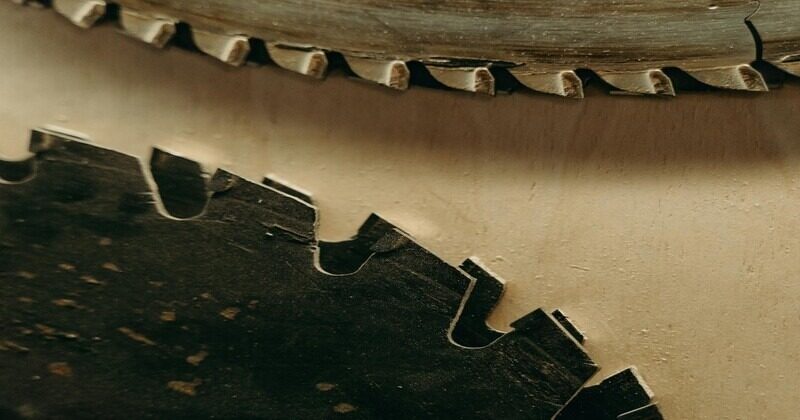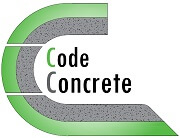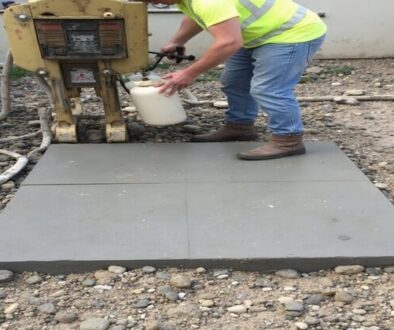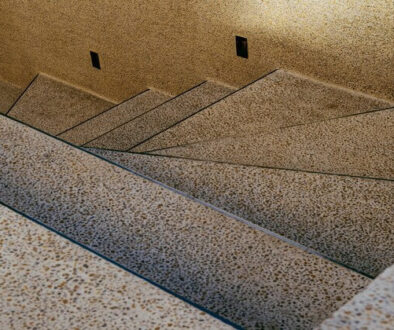Concrete Sawing: The Precision Tool Shaping Modern Construction

Last updated on July 20th, 2025
Concrete controls the shape and strength of our built world. But how do workers break through this rock-like surface to create doorways, shape foundations, or fix water pipes buried deep below? Concrete sawing steps in as the hero for precise, controlled cuts. This skilled process keeps projects moving on time and delivers results that meet strict building standards.
Contractors, builders, and homeowners all rely on concrete sawing for repairs, renovations, and demolition jobs. From small plumbing fixes to massive road repairs, this technique turns solid obstacles into workable paths. Let’s take a close look at what concrete sawing offers and how it keeps construction projects running smoothly day after day.
What is Concrete Sawing?

Concrete sawing is the process of cutting concrete with specialized saws. It’s not just about brute force—good sawing calls for accuracy, safety, and careful planning. Workers use saws made for the job to slice through walls, floors, roads, or slabs.
This technique is essential for:
- Creating openings for doors or windows
- Removing damaged pavement
- Resizing concrete slabs or floors
- Accessing pipes, wires, or utilities beneath the surface
Each cut saves hours of manual labor and delivers a smoother finish than old-school hammer-and-chisel work.
The Basics of Concrete Sawing
At its core, concrete sawing involves a circular blade or wire loaded with industrial diamonds. Operators run the saw along a line, letting the blade grind away the concrete. Unlike wood or metal, concrete wears down blades fast. That’s why most tools rely on diamond-tipped edges for speed and durability.
Key terms include:
- Blade Depth: How deep the cut goes
- Wet vs. Dry Cutting: Using water to cool the blade and control dust, or skipping water for quick, simple cuts
- Core Drilling: Drilling round holes through concrete, often for utility access
Applications of Concrete Sawing in Construction
Concrete sawing shines in everything from small fixes to major remodeling jobs. Some top uses include:
- Demolition: Cutting sections of concrete for controlled removal without damaging adjoining structures
- Renovations: Opening walls or floors for new features, like staircases or skylights
- Roadworks: Fixing damaged streets, sidewalks, or bridges by cutting out cracked sections
- Plumbing and Electrical: Providing access channels for pipes, conduits, and wiring
The beauty of concrete sawing lies in its precision—each cut can be as neat or as bold as the job demands.
Types of Concrete Sawing Methods and Tools
Concrete isn’t easy to tackle. That’s why different projects call for different tools and methods. Knowing when to use each option can save both time and money.
Handheld Saws vs. Walk-Behind Saws
Handheld Saws:

- Good for small jobs, tight spots, and vertical cuts
- Easy to operate but limited in depth (usually 4–6 inches)
- Portable—ideal for patchwork or spot repairs
Walk-Behind Saws:

- Made for deeper cuts (up to 24 inches or more)
- Best for long, straight lines (like cutting a trench or groove)
- Offer stability and power but need more space
Knowing which saw to choose keeps projects on track and prevents costly mistakes.
Also larger concrete sawing machines are available for large projects.

Wire Sawing and Wall Sawing Techniques
Some jobs call for creative solutions—like removing a thick concrete column or slicing through a basement wall.
Wire Sawing:
- Uses a cable loaded with diamond segments
- Loops around large or awkward shapes for flexible cuts
- Perfect for massive or oddly-shaped sections (bridges, pilings)
Wall Sawing:
- Uses a track-mounted saw for vertical or horizontal cuts
- Delivers fast, vibration-free cuts for windows, doors, and vents
- Great for clean, straight edges on thick walls
These methods show what’s possible when skill meets the right tool.
Selecting the Right Saw Blade for the Job
The blade makes or breaks the cut. Most jobs rely on diamond blades because regular metal wears down fast. Important factors in blade choice include:
- Blade Size: Deeper cuts need bigger blades
- Concrete Type: Green (new) versus cured (hardened) concrete
- Rebar Presence: Steel mesh or bars need tougher, segmented blades
- Wet vs. Dry Use: Some blades need water cooling, others work dry
Choosing the right blade prevents delays, reduces wear, and keeps finish quality high.
Safety, Best Practices, and Preparation Tips
Concrete sawing brings risks—flying debris, blinding dust, and ear-splitting noise. Smart preparation and safety steps keep workers healthy and job sites clean.
Personal Protective Equipment (PPE) Requirements
Never skimp on protection. Essential PPE includes:
- Safety Glasses or Face Shields: Guard eyes from flying chips and dust
- Hearing Protection: Saws can be as loud as a jet engine
- Respirators or Dust Masks: Fine dust can linger and cause lung damage
- Gloves: Prevent cuts and burns from hot, rough materials
- Steel-Toed Boots: Protect feet from dropped blades or concrete chunks
- High-Visibility Clothing: Keep workers visible in busy areas
Correct gear turns a risky job into a manageable one.
Dust Control and Environmental Considerations
Concrete dust is more than a nuisance—it can clog lungs and coat everything nearby. To stay safe and clean:
- Use Wet Cutting when possible—water cools the blade and traps dust
- Set up Barriers or Plastic Sheeting to contain debris
- Clean up with vacuums or sweeping, not just leaf blowers
- Keep noise down near homes or businesses by using modern, quieter tools
Caring for both workers and the environment pays off on every project.
Tips for Achieving Clean, Accurate Cuts
Even small mistakes can be costly on a concrete project. For sharp cuts:
- Mark lines with chalk or a grease pencil before starting
- Let the saw do the work—don’t force it
- Check depth and alignment often, especially on thick walls or floors
- Start slow and steady—speeding up too soon can ruin the blade or crack the concrete
Patience and attention to detail go a long way toward picture-perfect results.
Conclusion
Concrete sawing turns a tough material into workable shapes and clean edges. Choosing the right tools, blades, and safety gear makes each job safer and simpler. Skilled operators see past the surface and bring a contractor’s vision to life, whether it’s a new doorway, a plumbing fix, or a new stretch of road. When precision, planning, and proper practice come together, even the hardest concrete yields to human hands. If you need concrete cut fast, clean, and safe, trust a pro with the tools and know-how to get it done right.




